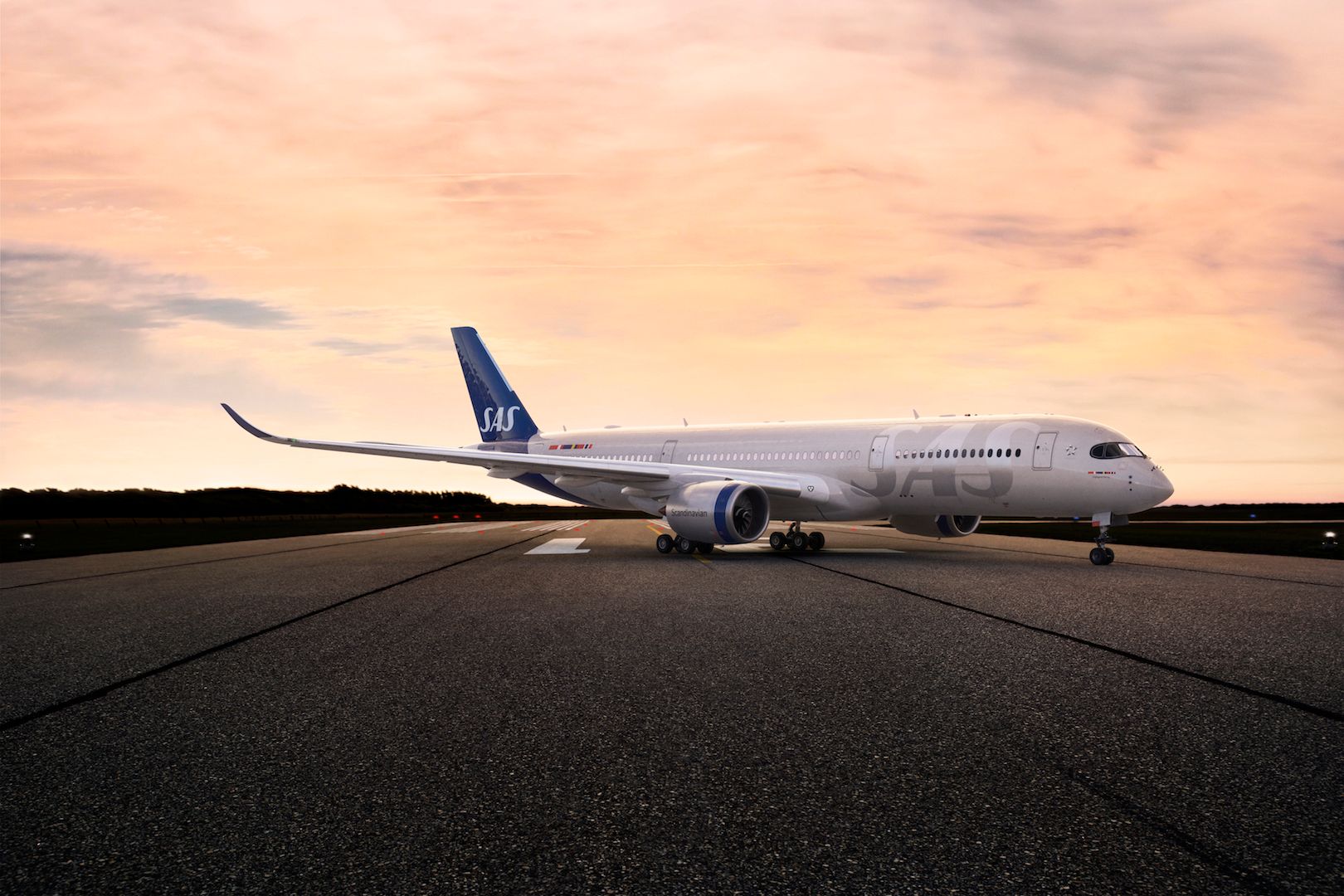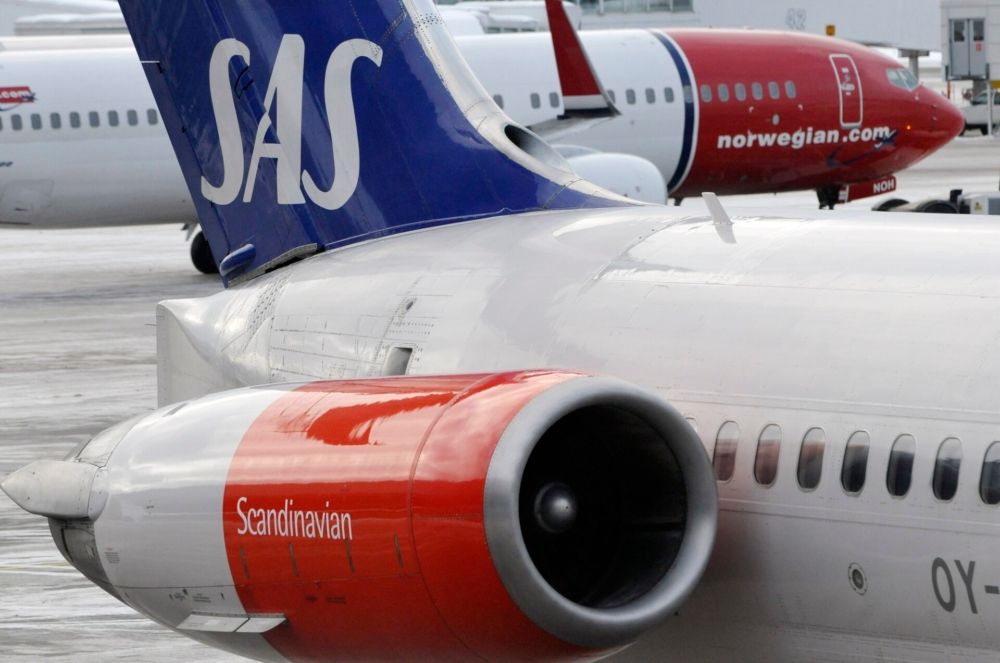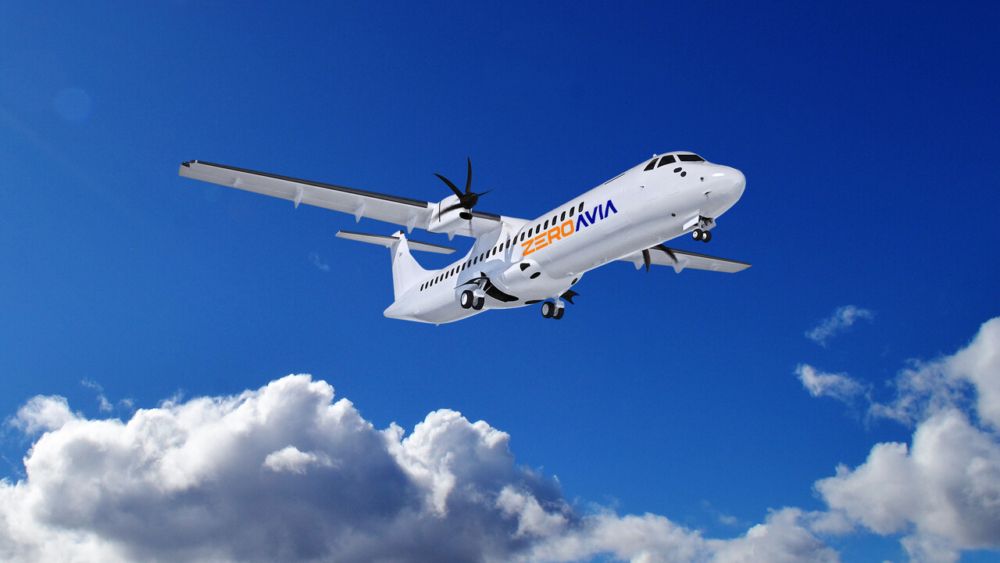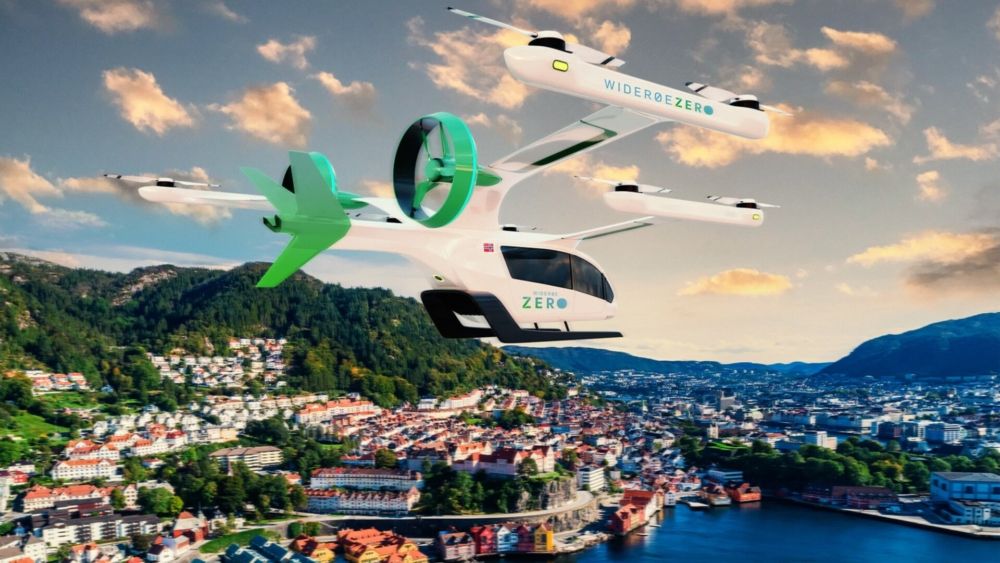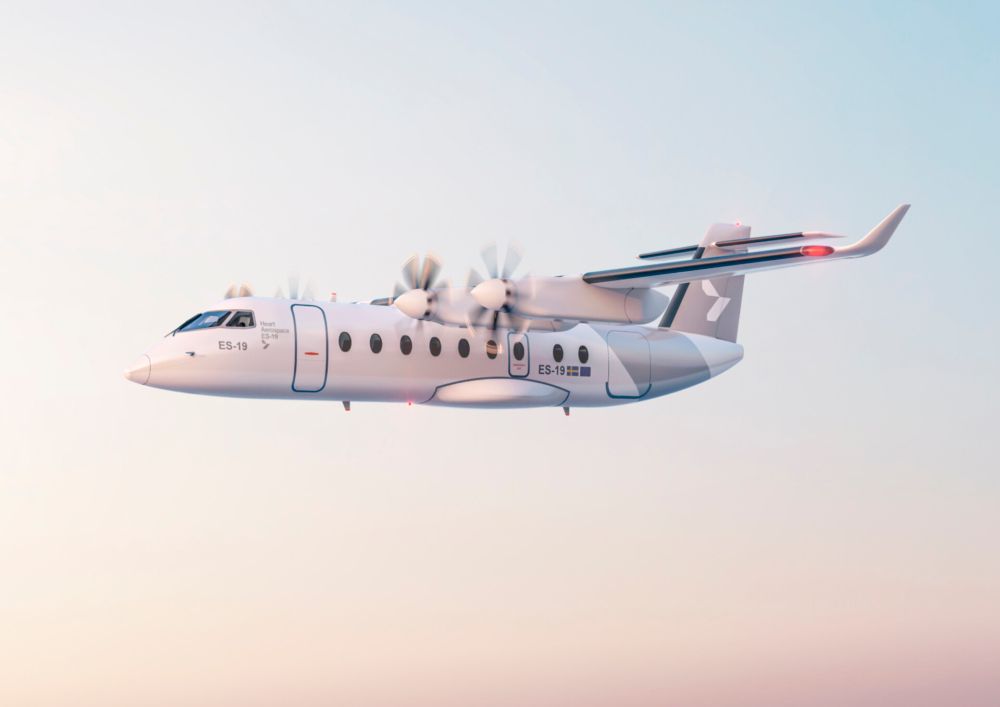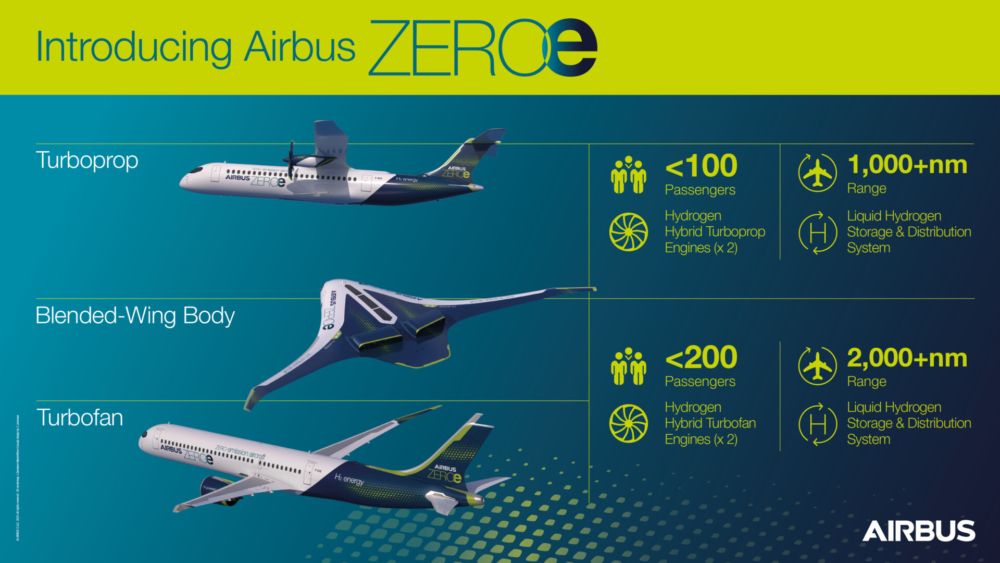Sweden aims to make the entire country climate neutral by 2045, transitioning towards negative emissions beyond that date. Finland also wants zero-emission domestic air travel by 2045. Norway is aiming for all domestic short-haul flights to be electric by 2040. Meanwhile, Denmark just set itself an even tighter deadline - no more fossil-fuel-powered flights by 2030. But can it actually be done?
Solutions not yet in place
On January 1st, Denmark declared a target for making its domestic aviation fossil-free. The country's first milestone target is to have some entirely 'green' domestic flights by 2025. By 2030, it will have dropped all fossil fuels from domestic aviation. Prime Minister Mette Fredriksen announced the plan in an annual New Year's address broadcast on TV and via the government's social channels.
"To travel is to live, and therefore we fly. But at the same time, it damages our climate. Imagine if Denmark could contribute to solving that problem. We want to make flying green," the Prime Minister stated.
Meanwhile, she also acknowledged that the 'scientific solutions' were not yet in place and that reaching the target would be 'difficult'. However, Fredriksen said, she believes it can be done. It is not entirely unfeasible - but technology and regulators might need to get a bit of a move on if Denmark is to fulfill its New Year's resolution.
The hydrogen solution
The Danish government recently announced a 1.25 billion Danish krone ($190 million) investment in green hydrogen production. With Denmark's longest domestic route (not counting Greenland) between Copenhagen and Aalborg measuring a mere 239 km (148 miles), hydrogen-electric propulsion technology would be a reasonable solution.
ZeroAvia, which by all accounts is the company closest to achieving commercial hydrogen-powered flight, is planning for the first passenger flight with its modified Dornier 228 aircraft between the UK and the Netherlands by 2024. Meanwhile, it is also working on its 2MW-class ZA2000 powertrain, which will be fitted to airframes such as the de Havilland Canada Dash 8 or the ATR42.
Domestic flights in Denmark are operated by a range of different aircraft. For instance, on the Copenhagen to Aalborg route, these include ATR42s (DAT), but also Boeing 737s (Norwegian) and Airbus A320neos (SAS).
While the ATRs might potentially be fitted with hydrogen-propulsion by 2025 - should EU regulators move fast enough, which is a big if - there is no feasible zero-emissions replacement for an aircraft the size of a narrowbody plane in the near future. However, when looking at electric, one startup promises to have a 100-seater in the air by 2026. We will return to that in a moment.
Stay informed: Sign up for our daily and weekly aviation news digests.
The path of SAF
What about sustainable aviation fuel then? Today, aircraft are certified to operate on a 50% SAF blend. Airbus is currently trialing some of its jets, including the A320neo, on 100% SAF. It hopes to achieve certification for its planes to operate on solely sustainable aviation fuels by the end of the decade.
Boeing has also promised to deliver airplanes 100% SAF certified by 2030. Currently, the SAF that is available, primarily second-generation or so-called advanced biofuels, provides up to 80% CO2 emissions reduction throughout their lifetime compared to conventional jet fuel.
However, the promise of synthetic kerosene, or e-fuels, is that they may reduce greenhouse gas emissions to 99%. This means that Denmark could, theoretically, given that SAF production picks up enough, actually (nearly) achieve its ambitious targets using sustainable fuels, but it is a stretch, to say the least.
The all-electric track
How Norway will manage a transition to fully-electric flights by 2040 is less of an immediate mystery. The country's leading regional carrier, Widerøe, has signed an agreement with Embraer EVE to trial its eVTOLs in the particular circumstances of the Norwegian network, often characterized by short hops over mountainous terrain.
Swedish startup Heart Aerospace has won favor with the likes of United Airlines and Finnair with its 19-seater all-electric aircraft. Certification for the ES-19 is planned for 2026. If successful, this could help move the needle for Denmark's target for smaller capacity routes, and serve many Norwegian routes well ahead of the country's all-electric goal.
Meanwhile, Wright Electric wants to have its regional all-electric four-engined Spirit ready to transport up to 100 passengers for approximately one hour sans emissions by 2026. This could potentially replace the larger aircraft serving domestic routes and be a gamechanger for regional aviation globally. However, for Denmark specifically, it means airlines have to be willing to seriously rethink their fleets in only a few years.
The long-haul strategies
By 2045, the target Sweden and Finland have set, we are bound to see a whole heap of new technological advances. Airbus will, in all probability, have launched its ZEROe concept aircraft capable of carrying more significant numbers of passengers. The planemaker intends to have at least one zero-emissions plane in the air by 2035.
The program is focused on hydrogen propulsion for short- to medium-haul routes. It consists of one turboprop, one blended wing design, and one turbofan. They will all be powered by liquid hydrogen with a hybrid propulsion architecture.
Sustainable aviation fuel, including synthetic kerosene made with green hydrogen, will hopefully have reached production at scale by then. IATA has predicted a significant boost for the supply of SAF between 2030 and 2040.
On the way there, though, there is still a whole lot of work to be done - as with all New Year's resolutions. And we haven't even touched upon related infrastructure challenges. Furthermore, about 80% of the greenhouse gas emissions from aviation come from flights that are over 1,500 km (930 miles).
While those who travel on Scandinavian domestic routes may feel better about not contributing to global warming, long-haul emissions need to be curbed significantly for the industry to reach its self-imposed target of net-zero emissions by 2050. Still, every little bit helps.
What are your thoughts on the zero-emissions ambitions of the Nordic countries? What do you think needs to happen, and will airlines be able to make the transition in the time frame that Denmark just imposed? Leave a comment below and join the conversation.

